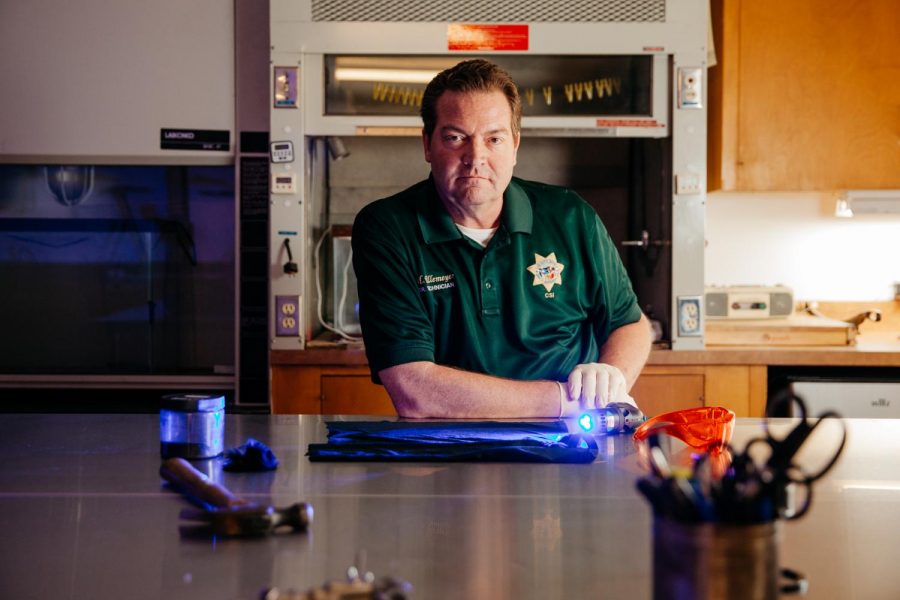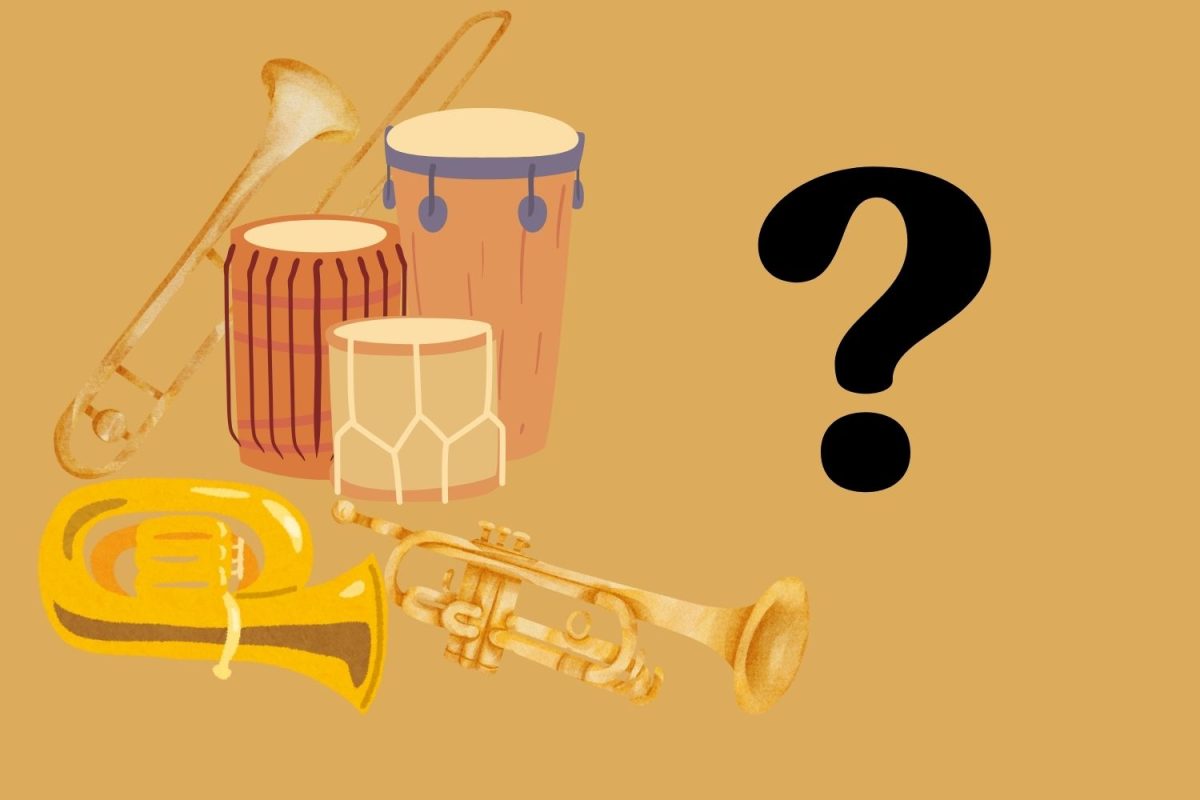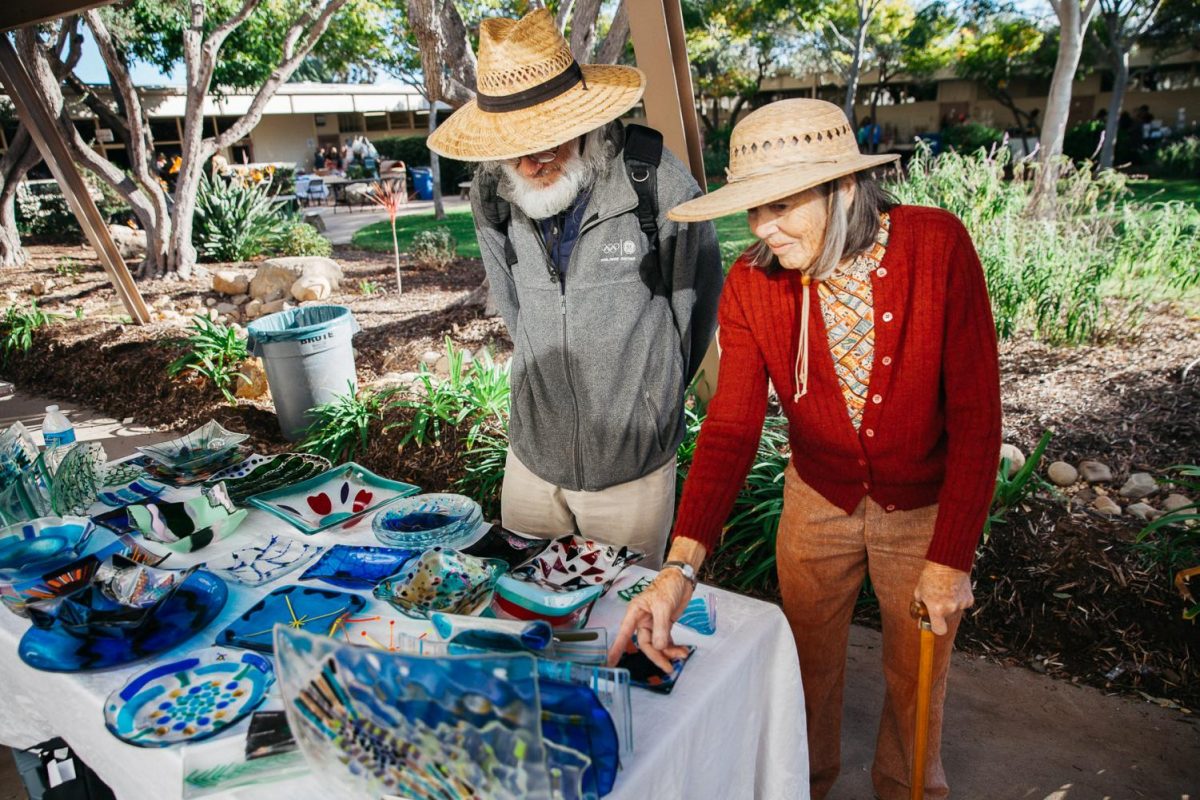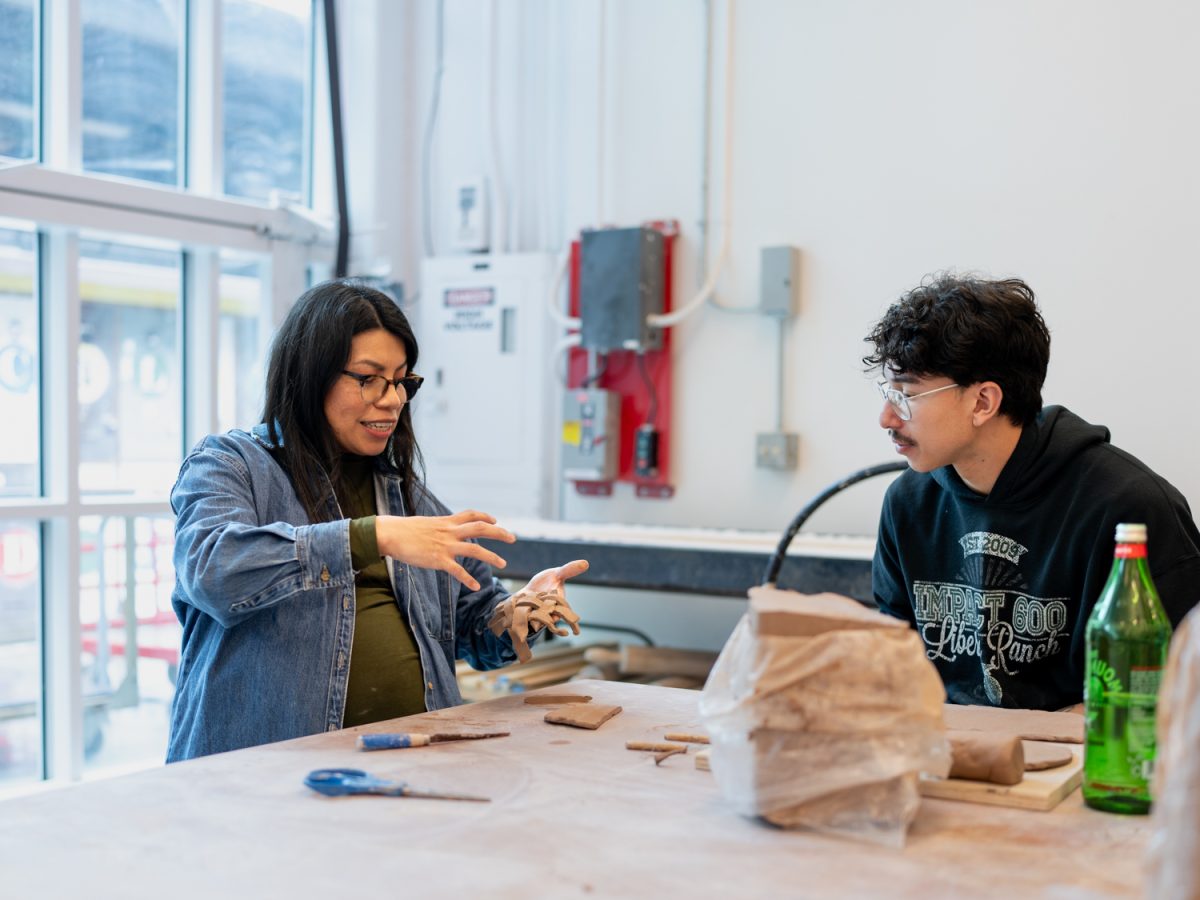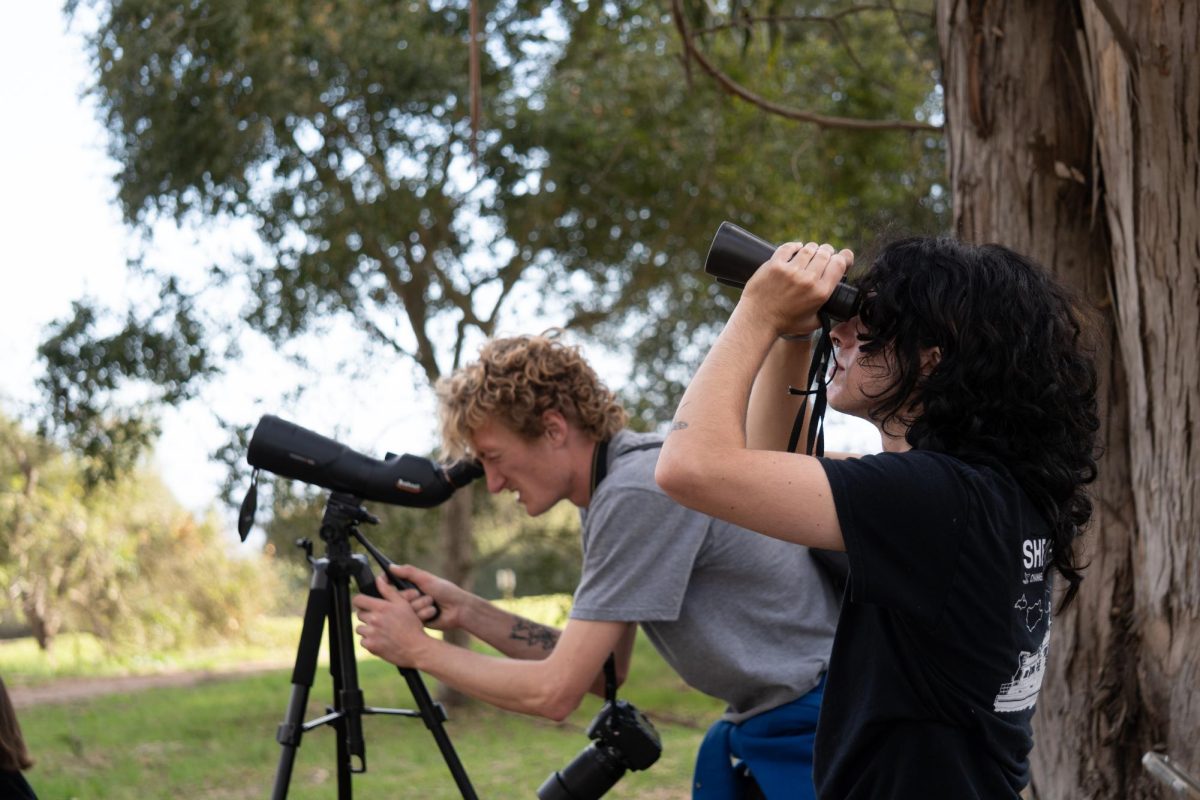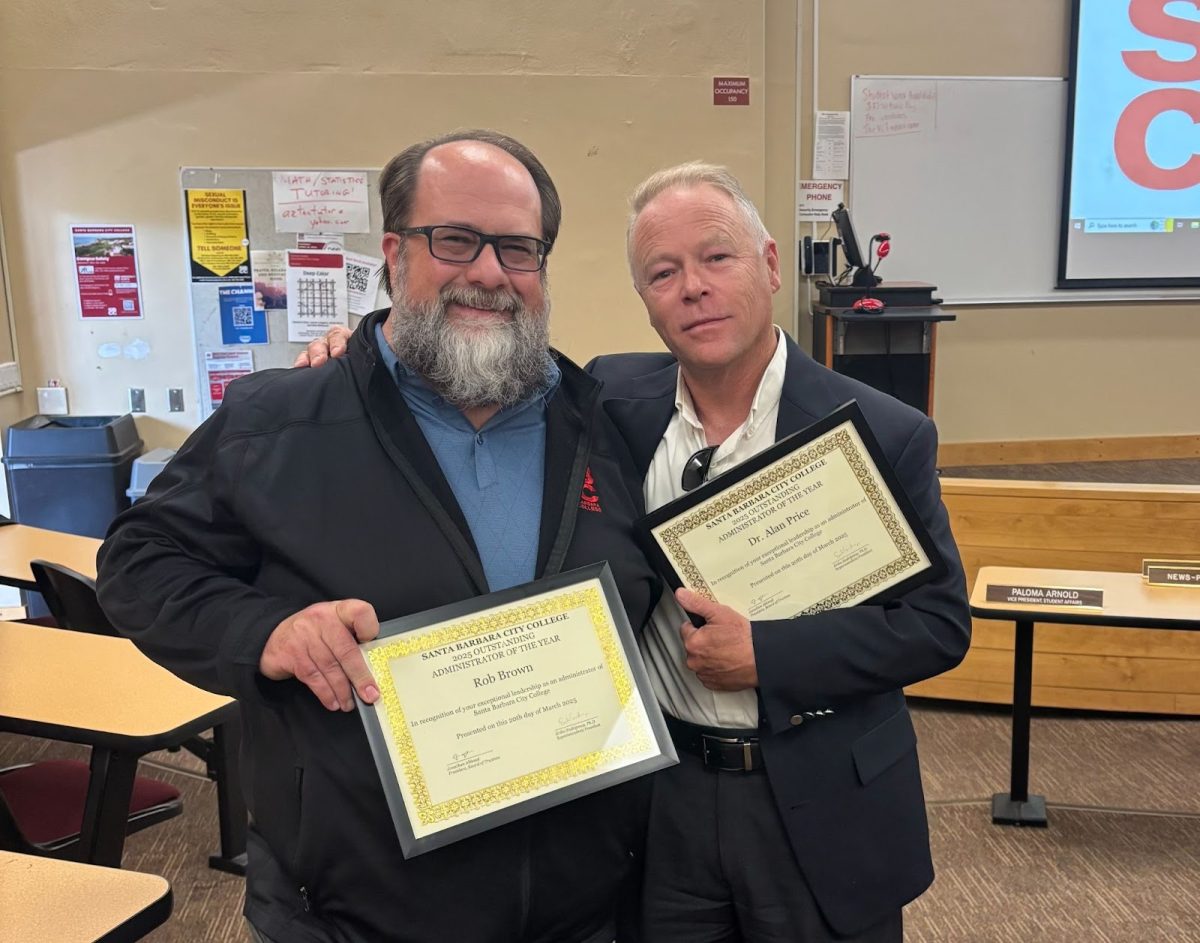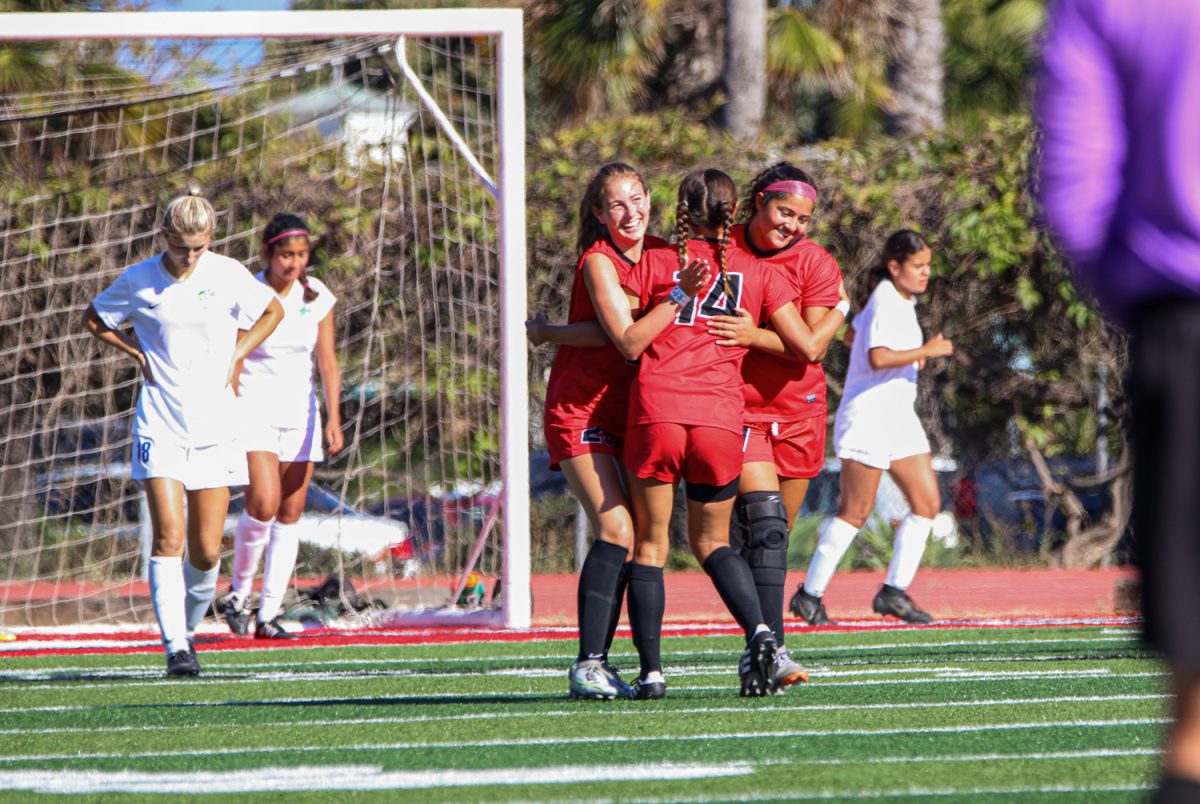City College Instructor Michael Ullemeyer once dreamed of becoming a scientific and industrial photographer, illustrating the work of scientists and businesses through his work.
Now Ullemeyer spends his days photographing cadavers for the Santa Barbara Sheriff’s Department and teaching justice studies to City College students.
“I didn’t think I wanted to do this,” Ullemeyer said. “This was the furthest thing in my mind.”
Ullemeyer said he often deals with tragic cases that have an impact on his daily life.
“Working on the Conception was really bad,” he said. “Usually, I can separate emotion from work, but this particular time was hard.”
Since the bodies were unidentifiable, Ullemeyer had to call in the families for mouth swabs to collect DNA, something he had never done before.
“A sister, around 14 years old, of someone who died, came in and put the victim’s hairbrush on my desk,” he said. “That was very emotional.”
Ullemeyer graduated from Brooks Institute of Photography in 1983 and took on small gigs doing fashion photography.
He was introduced to the gory side of photography while taking photos of surgery for his first job at a Cleveland clinic.
“I hated Cleveland, I wanted to go back to Santa Barbara,” he said.
At the time, the Santa Barbara Sheriff’s Department needed a crime scene photographer and film developer, so Ullemeyer took the opportunity and moved back.
“I slowly became more interested in forensics,” he said.
He took forensic science classes and began working as a crime scene technician shortly after.
In 1988, when the murder of Mary Elaine Byers occurred, Ullemeyer was hooked, taking photos and collecting fingerprints.
“I lifted a couple of good prints,” Ullemeyer said. “But we didn’t have those technologies yet.”
The case went cold for two years until the sheriff’s department offered special computer training to identify fingerprints, asking the trainees to bring samples from unsolved cases.
Ullemeyer remembered the prints he lifted and gave it a shot.
As the computers took 24 hours to process, a match showed up.
“I jumped up and ran down the hallway to the detective department,” he said. “We got him.”
Ullemeyer described that as one of his best moments at his job as he took down framed news clips of the case.
In 2005, Ullemeyer was contacted by City College, asking him if he would be interested in teaching forensics, a field that gained more interest due to CSI shows.
“I had no experience in teaching,” he said. “I’m just a guy who takes pictures of dead bodies.”
As his classes began to grow, so did his love for teaching.
Ullemeyer brings his expertise to the class, showing the students photos of real cases, and creating a mock crime scene for the class to solve.
“He is very passionate about forensics,” said Alex Altavilla, an adjunct faculty at City College teaching criminal investigation, captain at the police department and a friend of Ullemeyer. “He adds real-life experience to the class, which is very detailed work.”
Ullemeyer found his passion as a crime scene technician, mentioning how rewarding it is to identify someone, even though it can be traumatic.
“I will never forget my first job,” he said, talking about a case of a deceased woman who was buried in a shallow grave. “I will always remember the smell of a decomposing body, it’s horrific.”


